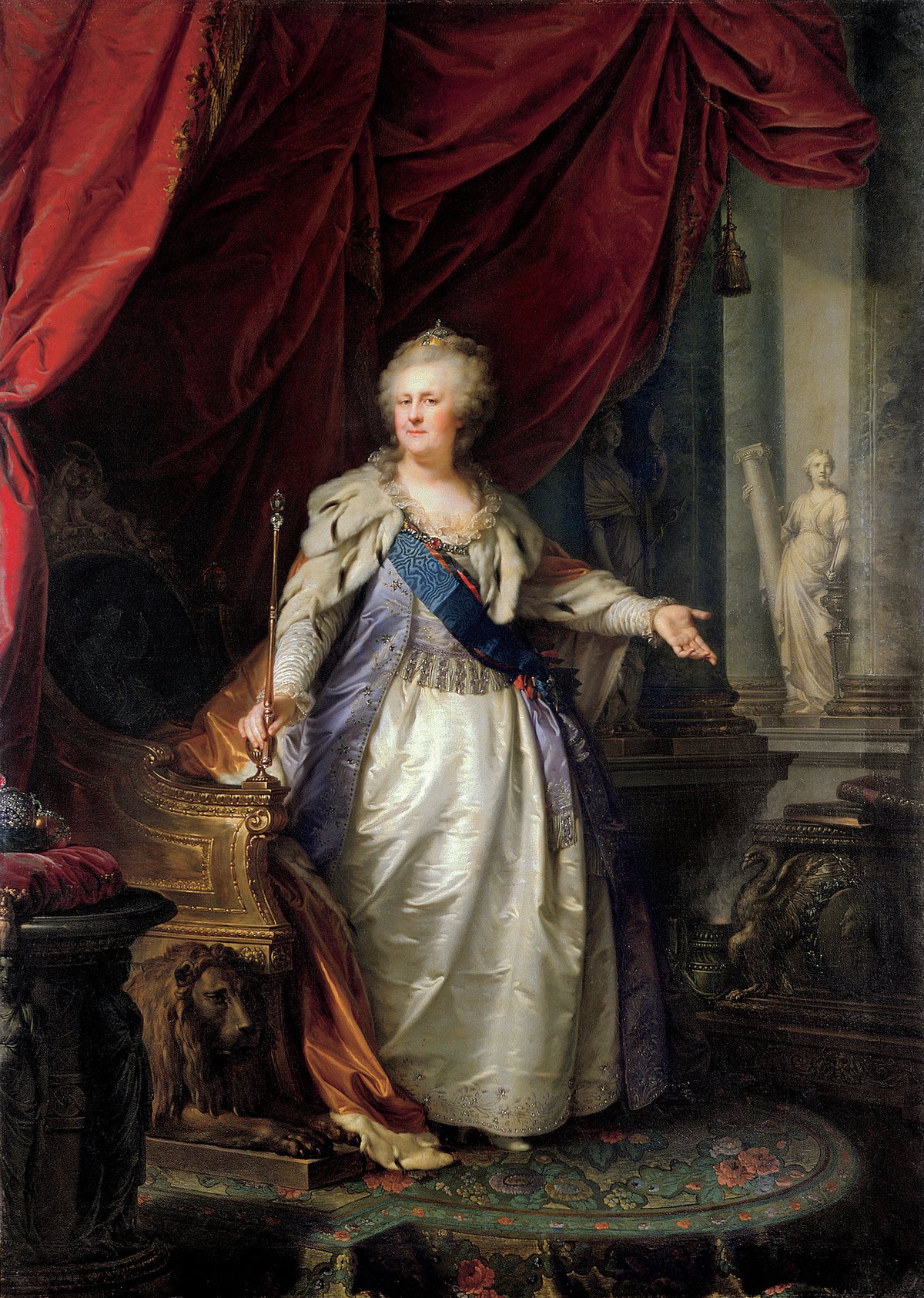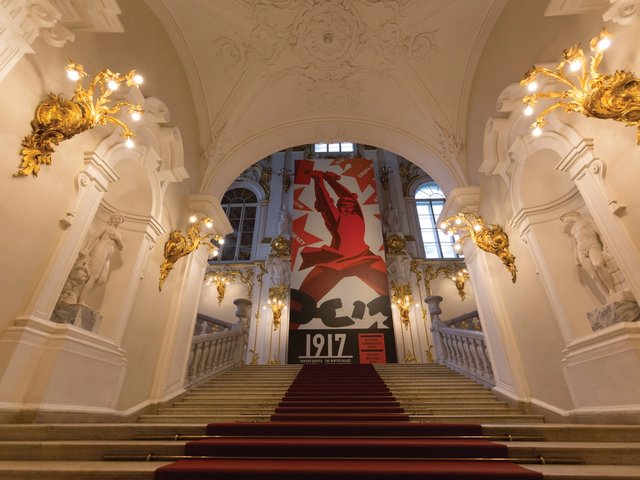This account of a great museum by its director is a very personal one. Not only has Mikhail Piotrovsky been the director of the Hermitage in St Petersburg for the past 23 years but his father before him, Boris Borisovich Piotrovsky, was director for 26 and died still in harness at the age of 82. Mikhail can therefore say quite truthfully that the first time he personally visited the Hermitage was as soon as he could walk.
There is no question that he loves his museum and revels in its extraordinary history. My Hermitage is split into 15 essays accompanied by a great number of illustrations, with captions by his staff. The treatment could by no means be described as chronological. The first essay is titled “Who owns the Hermitage?” and analyses the muddle after the abdication of Nicholas II in 1917 as to whether it was state property or the private property of the imperial family. Up to that date there had never been any difference between them. The second essay, titled “In the Beginning was the Word”, explores how the name “Hermitage” came to be applied to a vast encyclopaedic museum rather than the retreat of a holy man. He explains that for the Russian nobility the word “took on an ironic, more Postmodern meaning”, “a place where rulers and their friends gathered for feasts and festivities”.
The book proceeds through three evacuations. “The First Evacuation”, during the Napoleonic wars, highlights the achievement of Alexander I, the conqueror of Napoleon, given concrete form in the Alexander column topped with an angel in Palace Square, the Alexander Hall in the Winter Palace and the 1812 Gallery with portraits of his 332 generals. “The Second Evacuation” took place in 1914; three trains carried the museum’s principal treasures to Moscow, whence it was very hard to get them back. In “The Third Evacuation” in 1941 they were shipped to Ekaterinburg in the Urals and escaped the city’s 900-day siege. Each of these evacuations, particularly the third, illustrates the extraordinary suffering of the museum and its staff.
Piotrovsky describes the Hermitage and its contents from a variety of perspectives: “Staircases and Entrances”, “Emperors and Poets”, “Collectors” and “Curators”. In between he manages to drop information on expansion under his direction, the addition of the east wing of the General Staff Building (800 rooms and five internal courtyards), the storage facility on the edge of the city and, most recent, the Stock Exchange across the Neva—not to mention branches in Amsterdam, Venice, Kazan and Vyborg. The arrangement of this book is eccentric but it is a vivid reflection of Piotrovsky’s very personal appreciation of the history and fate of his museum.
• Geraldine Norman is the author of The Hermitage: the Biography of a Great Museum (1997). She is a former art market correspondent for the Times and the Independent, and the founder of the bi-annual Hermitage Magazine in 2003 and in the same year of the UK Friends of the Hermitage (now known as the Hermitage Foundation UK)
My Hermitage: How The Hermitage Survived Tsars, Wars, and Revolutions to Become the Greatest Museum in the World
Mikhail Piotrovsky,
translated by Antonina W. Bouis
Skira Rizzoli, 381pp, $45 (hb)




